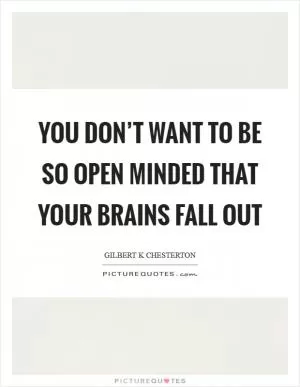Women prefer to talk in twos, while men prefer to talk in threes

Women prefer to talk in twos, while men prefer to talk in threes
Gilbert K. Chesterton, a renowned English writer and philosopher, once famously said, "Women prefer to talk in twos, while men prefer to talk in threes." This statement sheds light on the differences in communication styles between men and women, highlighting the social dynamics that exist within each gender.Women are often perceived as more relational and empathetic in their communication style. They tend to value deep, meaningful conversations and prioritize building strong connections with others. This preference for talking in twos reflects their desire for intimate and personal interactions. Women are known to engage in conversations that revolve around emotions, relationships, and personal experiences. They seek to establish a sense of closeness and understanding with their conversation partner, which is best achieved in a one-on-one setting.
On the other hand, men are often seen as more competitive and assertive in their communication style. They tend to value group dynamics and enjoy engaging in discussions that involve multiple perspectives. This preference for talking in threes highlights their desire for a more dynamic and diverse conversation. Men are known to engage in debates, discussions, and friendly banter with their peers. They seek to assert their opinions, showcase their knowledge, and engage in intellectual discourse, which is best achieved in a group setting.
Chesterton's words also hint at the idea that women may feel more comfortable opening up and sharing their thoughts and feelings in a private, one-on-one conversation. In contrast, men may feel more at ease expressing themselves and engaging in discussions when they have the support and camaraderie of a group of friends or colleagues.
Overall, Chesterton's observation about the communication preferences of men and women sheds light on the nuanced differences in how each gender approaches social interactions. While these generalizations may not apply to every individual, they offer valuable insights into the unique ways in which men and women communicate and connect with others.












 Friendship Quotes
Friendship Quotes Love Quotes
Love Quotes Life Quotes
Life Quotes Funny Quotes
Funny Quotes Motivational Quotes
Motivational Quotes Inspirational Quotes
Inspirational Quotes